Hawaii offers unique opportunities for birdwatching that are not available in the other United States. The species found here are often very different from those found on the North American continent.
The ducks in Hawaii are an interesting example of the endemic bird populations illustrating the dangers that come to these birds through the introduction (intentional or otherwise) of non-native species. They also illustrate the importance of preserving and protecting the wildlife that is native to these islands.
Are There Ducks in Hawaii?
There are indeed ducks in Hawaii, though not just the varieties of ducks found in the contiguous United States.
Ducks in Hawaii are a point of concern since feral species introduced to the islands at various points through history endanger the purity and survival of the only endemic species of duck native to the islands.
It is not legal to import ducks to Hawaii for agriculture or domestic use, since there is potential for these non-native species to breed with Hawaiian ducks – a species on the IUCN Red List of Threatened Species.
Which Ducks are Native to Hawaii?
Hawaii has one native duck species – Anas wyvilliana – which locally is known as Koloa maoli (a term which means ‘native duck’), or simply Koloa.
The Koloa is closely related to the mallard – Anas platyrhynchos – and interbreeding between these two species means that it is difficult to determine the degree to which hybridization has already taken place, and therefore how many pure Hawaiian ducks that are not hybrids with mallards remain.
Another extremely rare duck species, the rarest waterfowl in the world, is the Laysan duck. Also known as the Laysan teal, this is a dabbling duck endemic to the Hawaiian islands. Though these ducks were once found across the entire archipelago, they survive today only on Laysan Island and two tiny atolls.
Hawaiian Duck

- Anas wyvilliana
- Length: 19.7 – 25.6 in (50 – 65 cm)
- Weight: 35.3 – 45.9 oz (1000 – 1300 g)
- Wingspan: 32.3 – 37.4 in (82 – 95 cm)
The Hawaiian duck is very like the mallard in shape and size.
In plumage, the Hawaiian duck looks near-identical to the female mallard, though in the Hawaiian duck there is no distinct difference in coloring between the male and female, and unlike the male mallard, the male Hawaiian duck does not have the distinctive green head.
The males are usually bigger than the females. The speculum feathers of both sexes are green to blue, bordered on both sides by white. The tail is dark overall, unlike the black-and-white tail of a mallard. The feet and legs are orange to yellow-orange.
The bill is olive green in the male and dull orange with dark markings in the female. The adult male has a darker head and neck. The female is generally lighter-colored than the male and has plainer back feathers.
The former range of the Hawaiian duck included all of the main Hawaiian islands except the islands of Lānaʻi and Kauaʻi. They were found on the hottest coasts with suitable ponds as well as in the mountains that were up to 7,000 feet high.
Laysan Teal
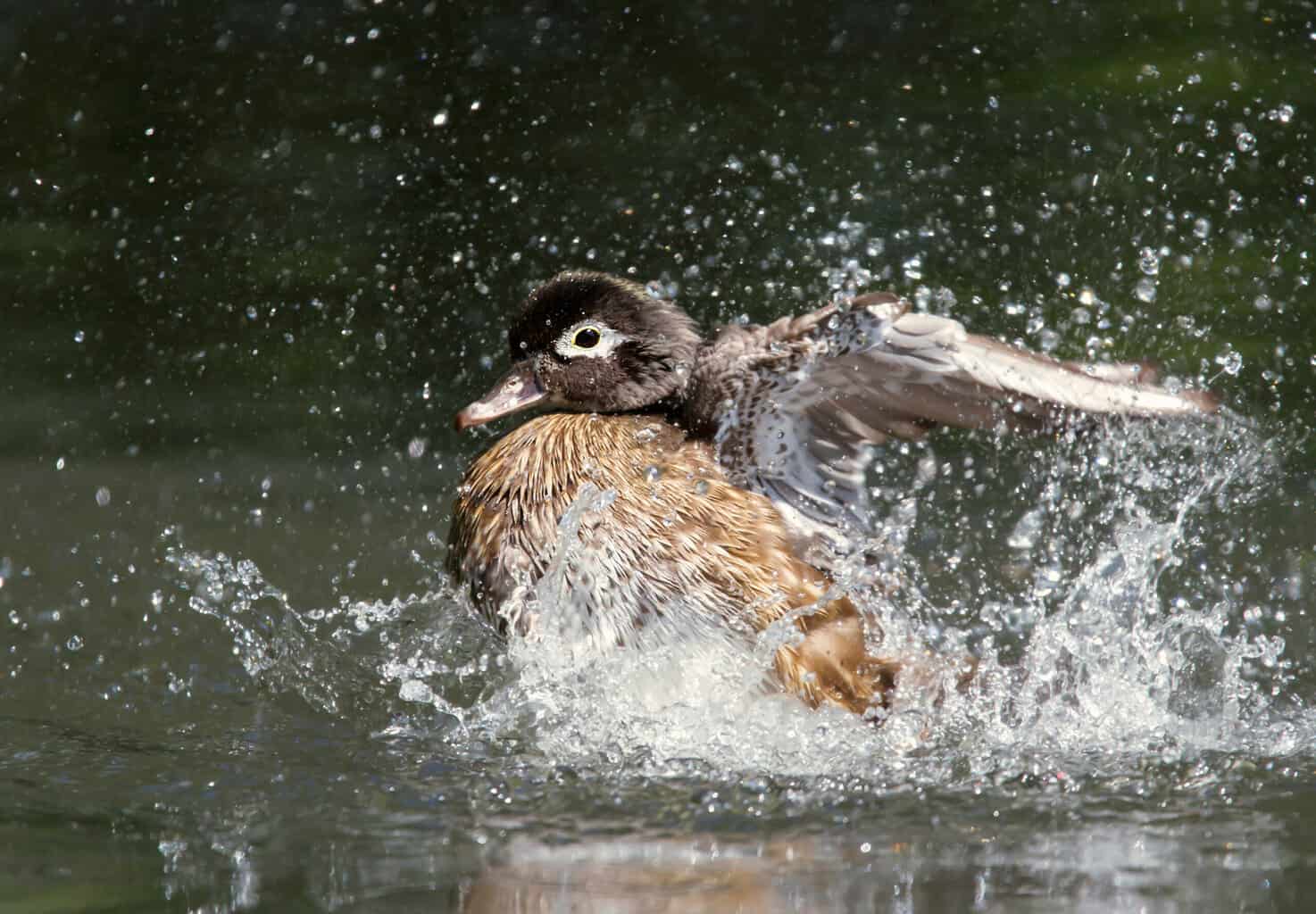
- Anas laysanensis
- Length: 38.1 – 43.2 cm (15 – 17 inches)
- Weight: 450 – 500g (14.8 – 17.6 oz)
The Laysan duck is teal-sized and dark brown, with a prominent white eye-ring. The bill is short and spatulate, dark green with variable black blotching in males, and dull orange with variable black blotching in females.
The Laysan duck usually has a ring of fat around its neck. Some males show faint iridescence on the head or neck and have slightly upturned central tail feathers. The wing has an iridescent purplish-green patch.
These birds are poor flyers but they move well on land and are adapted to terrestrial foraging. They feed on mudflats and in lake shallows and higher vegetation, eating insects, algae, leaves, and seeds.
Where to See Hawaiian Ducks and Laysan Ducks Today
Wildlife refuges including Hanalei National Wildlife Refuge on Kaua’i are home to breeding populations of the Hawaiian duck and are among the best places to see this endemic species today.
Laysan ducks can only be seen on Laysan Island, Midway Atoll National Wildlife Refuge, and Kure Atoll.
Non-Native Year-Round Duck Residents:
Unfortunately, non-native ducks are also present on the islands year-round, posing a threat to the genetic purity of Hawaiian ducks.
Mallard
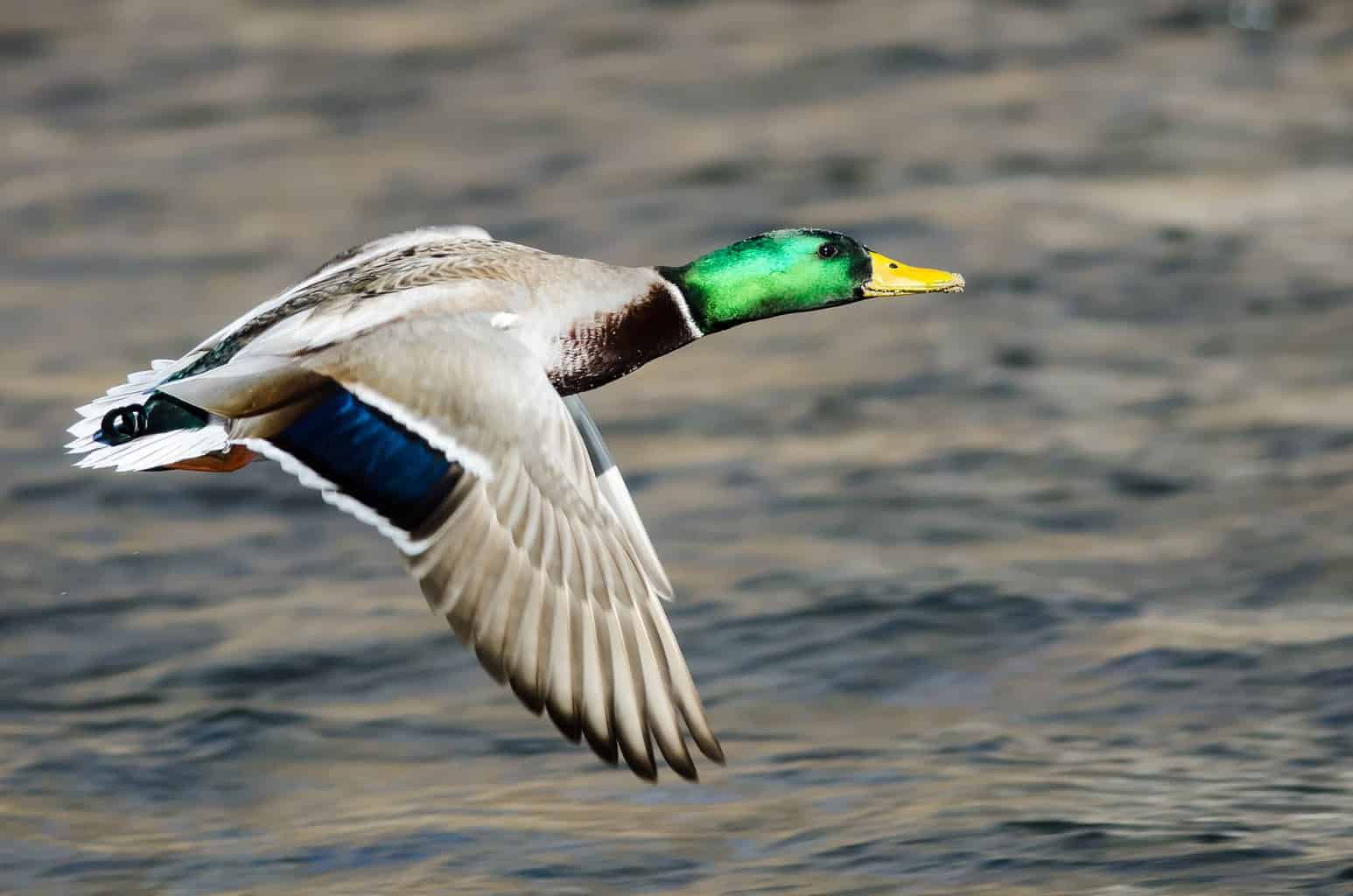
- Anas platyrhynchos
- Length: 19.7 – 25.6 in (50 – 65 cm)
- Weight: 35.3 – 45.9 oz (1000 – 1300 g)
- Wingspan: 32.3 – 37.4 in (82 – 95 cm)
Efforts are currently underway to remove mallards from the islands to preserve the genetic diversity of the native Hawaiian duck. But feral mallards are present in Hawaii and remain here throughout the year.
Fulvous Whistling Duck
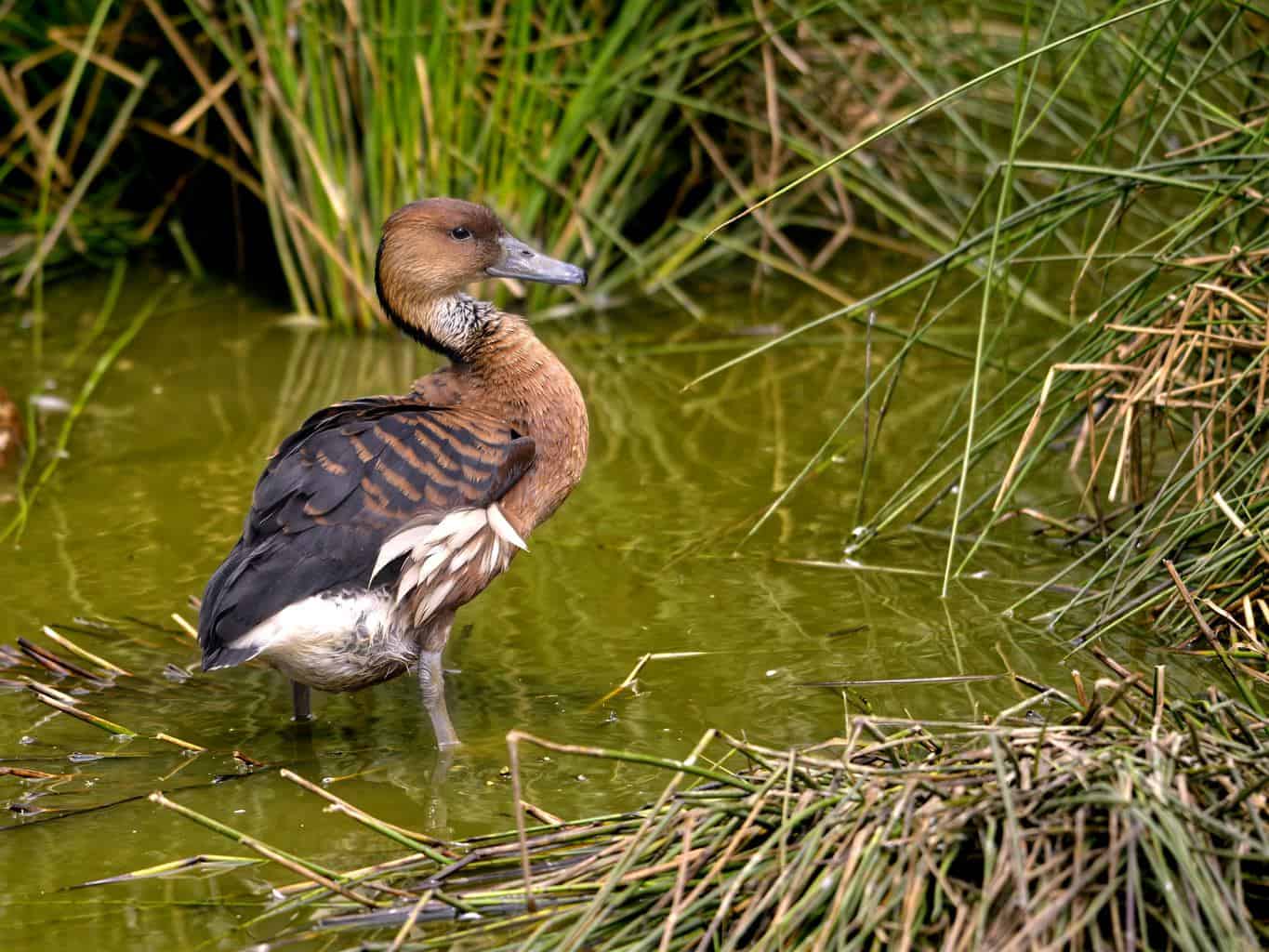
- Dendrocygna bicolor
- Length: 45 – 53 cm (18 – 21 in)
- Weight: 712 – 1,050 g (25.1 – 37.0 oz)
- Wingspan: 85 – 93 cm
Though Hawaii lies outside the normal range for these whistling ducks, it is now a year-round resident on the islands, where some wandering ducks have stayed to breed.
Migratory Species Visiting Hawaii:
Several other ducks that North American visitors will likely often find familiar also visit Hawaii in migration. Migrant waterfowl commonly found on Hawaiian islands include:
Northern Pintail
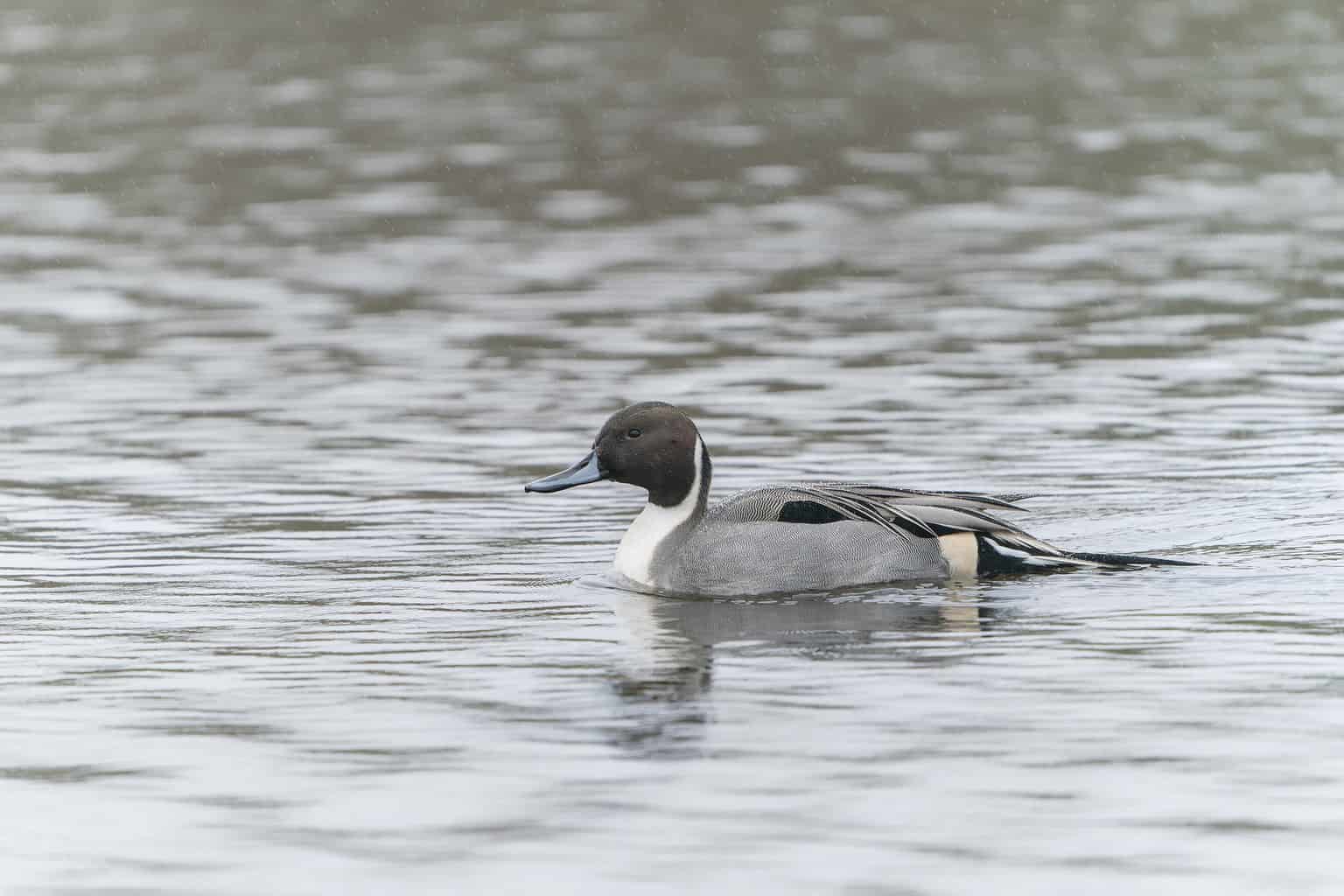
- Anas acuta
- Length: 20 – 26 in (51 – 66 cm)
- Weight: 36.33 oz (1030 g)
- Wingspan: 29 – 35 in (74 – 89 cm)
Northern Shoveler

- Spatula clypeata
- Length: 17.3 – 20.1 in (44 – 51 cm)
- Weight: 14.1 – 28.9 oz (400 – 820 g)
- Wingspan: 27.2 – 33.1 in (69 – 84 cm)
Lesser Scaup
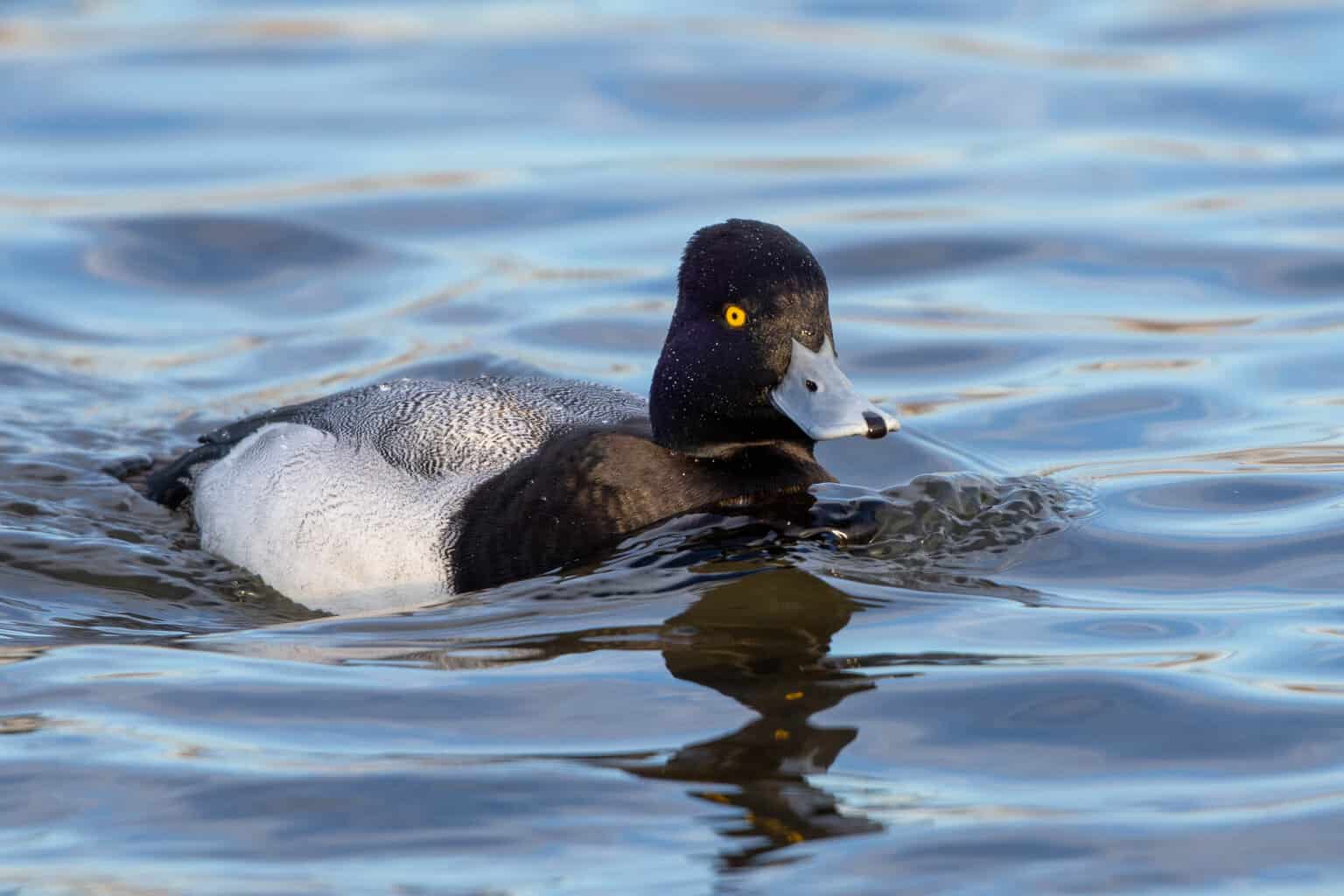
- Aythya affinis
- Length: 15 – 18 in (38 – 49 cm)
- Weight: 40.77 oz (1155 g)
- Wingspan: 24 – 33 in (61 – 84 cm)
American Wigeon

- Mareca americana
- Length: 16.5 – 23.2 in (42 – 59 cm)
- Weight: 19.1 – 46.9 oz (540 – 1330 g)
- Wingspan: 33.1 in (84 cm)
Eurasian Wigeon
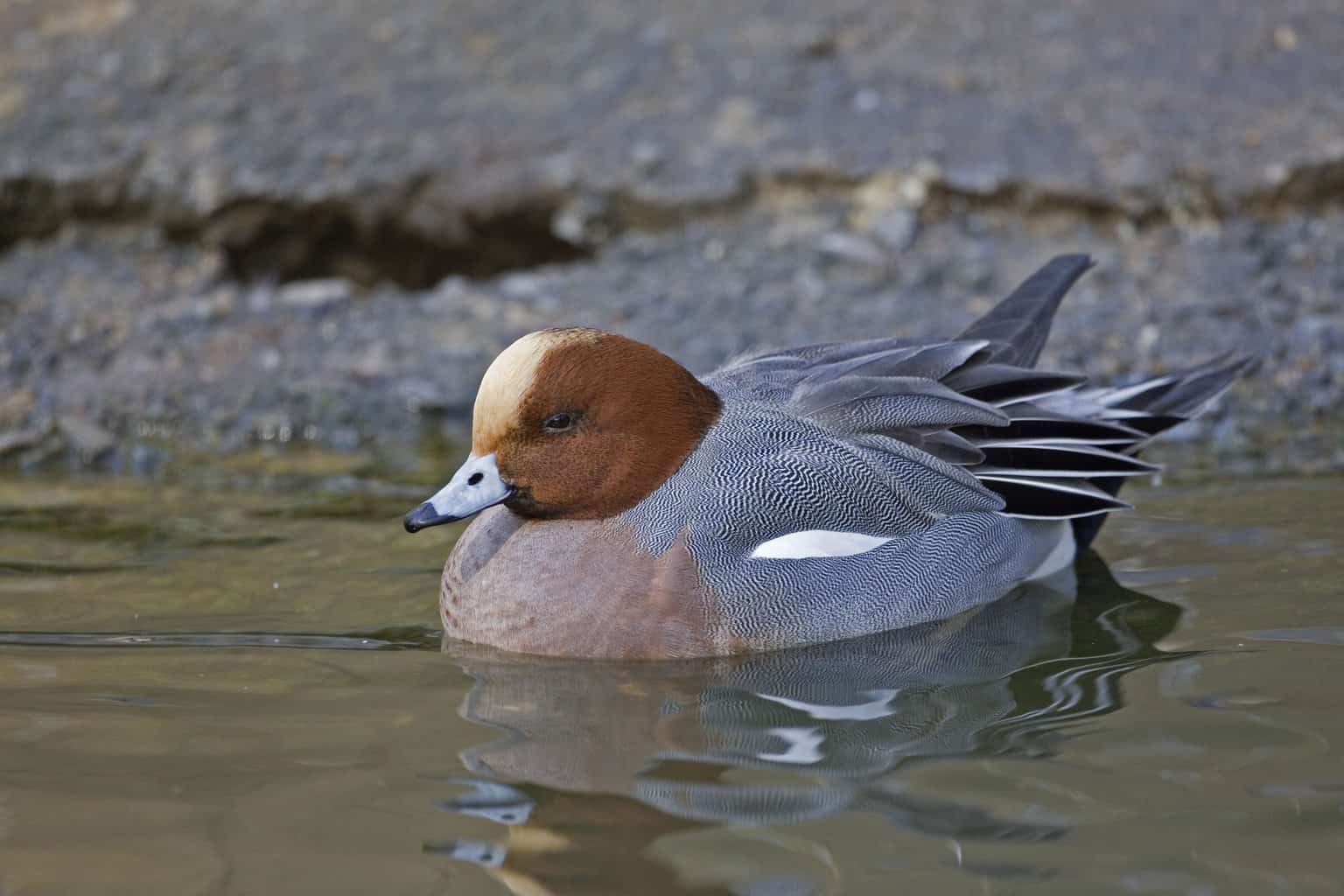
- Mareca penelope
- Length: 18 – 20 in (46 – 51 cm)
- Weight: 35.27 oz (1000 g)
- Wingspan: 30 – 32 in (76 – 81 cm)
All of the above species are known to winter in the Hawaiian islands.
Migratory waterbirds showed a marked decline from tens of thousands in the 1950s to only a few thousand in the 1990s.
The eradication and degradation of Hawaii’s wetland habitats is a major problem for these migrants as well as, even more crucially, for the endemic species of duck and other native waterfowl that are found here such as the nene (Hawaiian goose), for example.
Though conservation projects and restoration works have in part restored wetlands in some areas, some have been lost to the development of homes, hotels, and golf courses.
Understanding the species of duck in Hawaii is important for conservationists and ecosystem restoration. And, as mentioned above, Hawaiian ducks illustrate clearly the need to understand native species and their needs and prevent non-native species from proliferating in Hawaii to their detriment.
So they are interesting to think about for those with a yearning to repair at least some of the damage humanity has done and is doing to the natural world.

